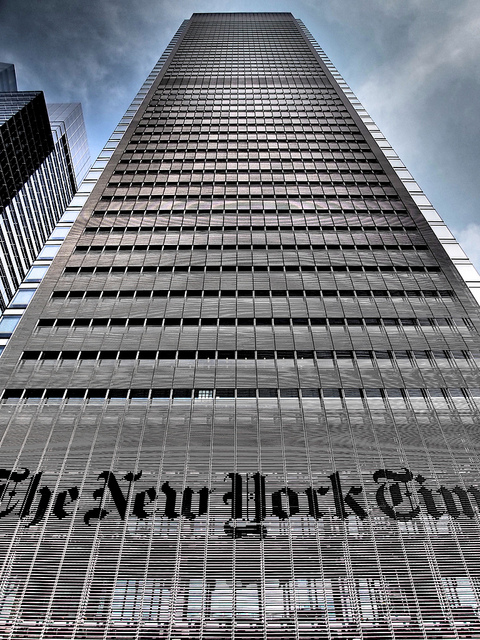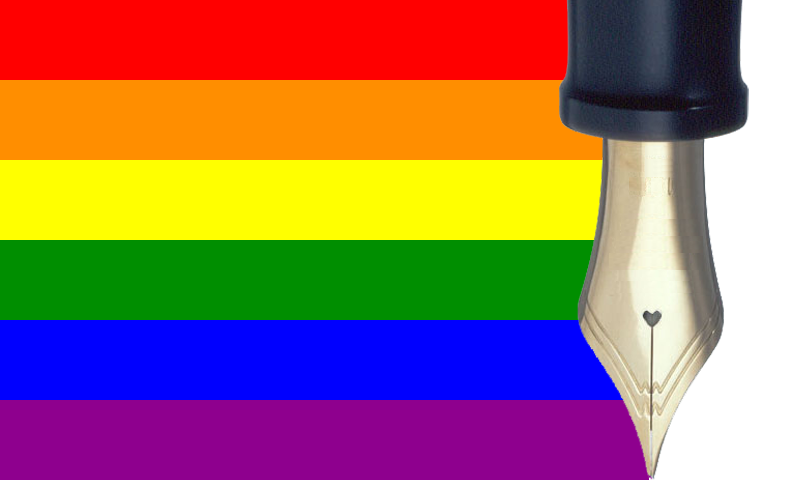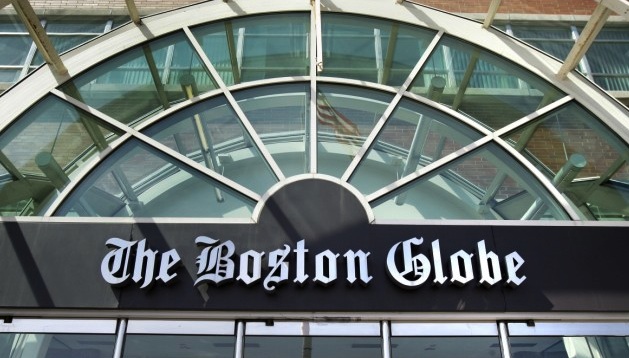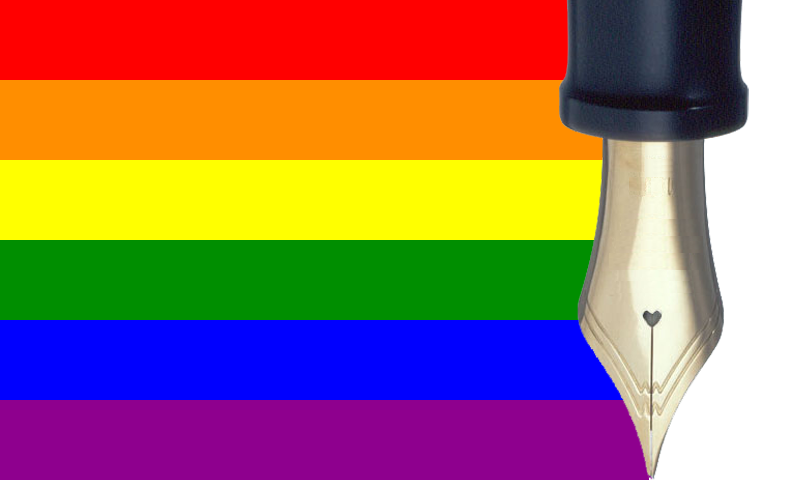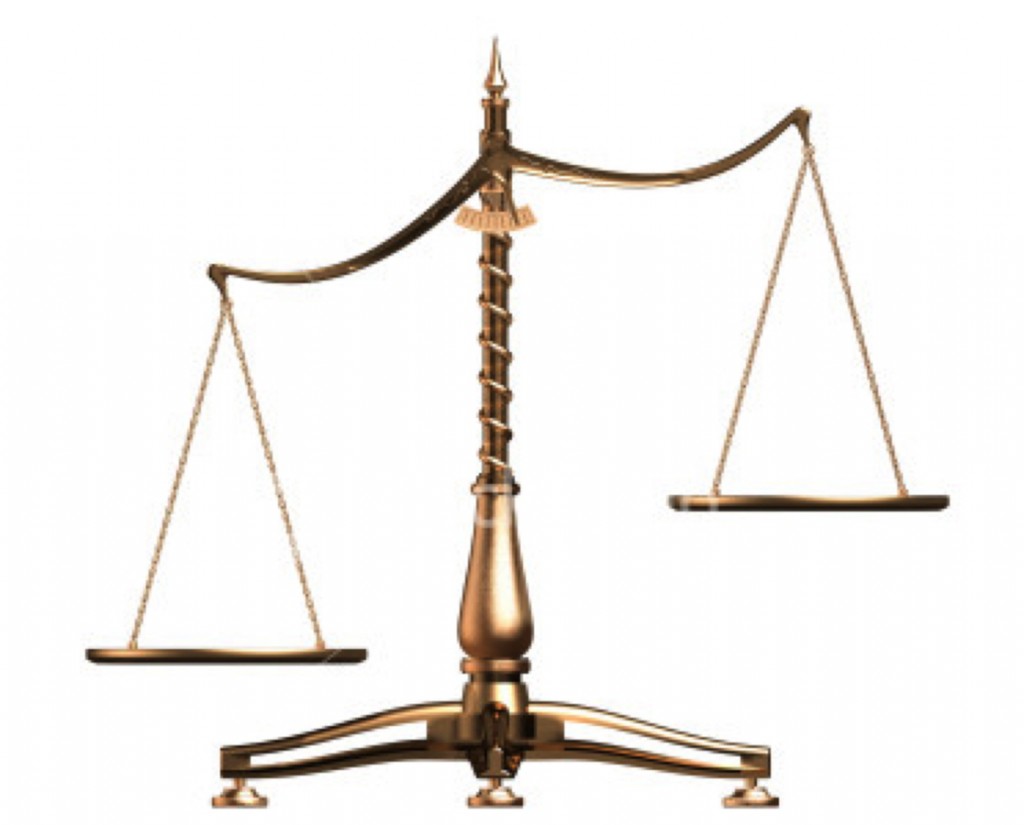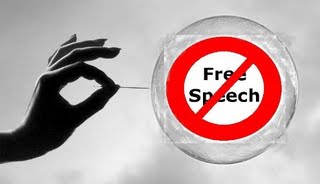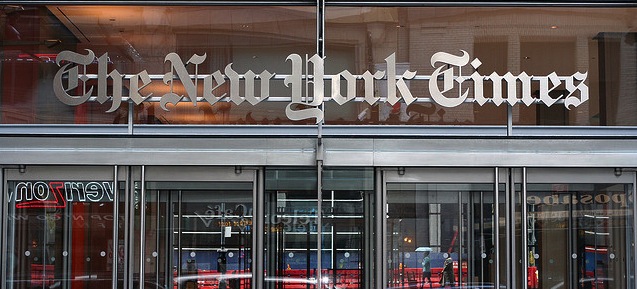In light of the latest newsroom drama at The New York Times, let’s pause and reflect once again on why it matters so much who leads America’s most influential news institution.
I know that it only seems like yesterday that editor Jill Abramson was the new boss and we were trying to gauge how that would change the whole theology of journalism at the Times, so soon after the fascinatingly candid (you knew this was coming) remarks on religion, culture and the press by former editor Bill Keller. More on that in a minute.
Now Abramson is out and her top deputy has taken the top chair. Dean Baquet — a Pulitzer Prize winner and former editor of The Los Angeles Times — now serves as another historic figure in the newspaper’s history, as it’s first African-American executive editor. In a press release (questions were apparently not welcomed in this newsroom session), he remarked:
“It is an honor to be asked to lead the only newsroom in the country that is actually better than it was a generation ago, one that approaches the world with wonder and ambition every day,” he said in a news release.
The Times is certainly better at some things than it used to be, especially in multi-platform journalism. However, many will still debate whether it remains a traditional newspaper or has evolved, on many subjects, into a neo-European advocacy publication.
Some of the best quotes on this matter have, ironically, been printed in the Times — under the bylines of various public editors. I still think Arthur S. Brisbane’s 2012 farewell included some of the best material, from a GetReligion point of view:
I also noted two years ago that I had taken up the public editor duties believing “there is no conspiracy” and that The Times’s output was too vast and complex to be dictated by any Wizard of Oz-like individual or cabal. I still believe that, but also see that the hive on Eighth Avenue is powerfully shaped by a culture of like minds — a phenomenon, I believe, that is more easily recognized from without than from within.
When The Times covers a national presidential campaign, I have found that the lead editors and reporters are disciplined about enforcing fairness and balance, and usually succeed in doing so. Across the paper’s many departments, though, so many share a kind of political and cultural progressivism — for lack of a better term — that this worldview virtually bleeds through the fabric of The Times.
As a result, developments like the Occupy movement and gay marriage seem almost to erupt in The Times, overloved and undermanaged, more like causes than news subjects.
Does some of that sound familiar?

